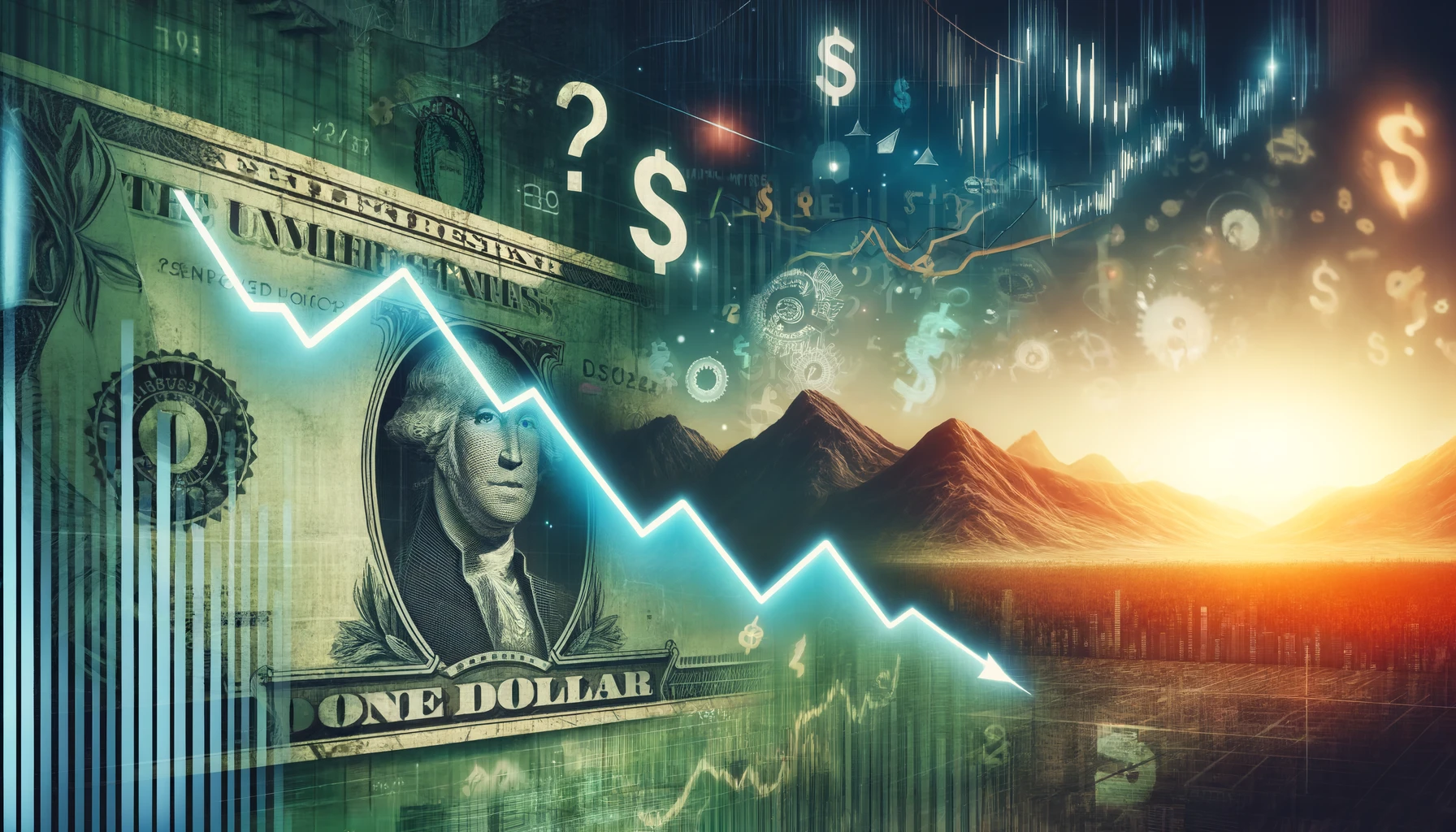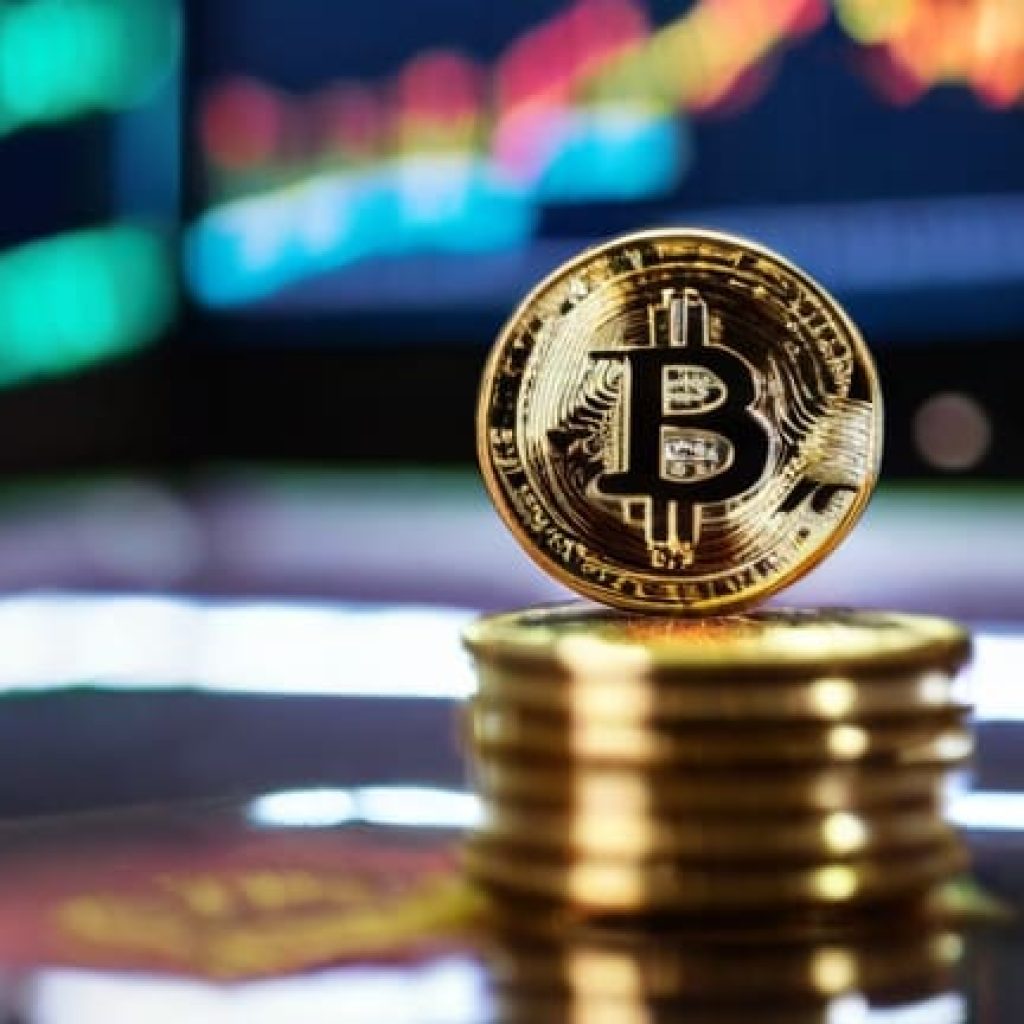Confidence in the U.S. dollar has waned, as forecasts suggest that a dip in inflation might allow the Federal Reserve to slash interest rates. With a notable 5% climb earlier this year, the dollar is now bracing for its first loss of 2024, triggered by a promising inflation report.
The dollar’s trajectory took a hit on Wednesday following months of unexpectedly high inflation, causing a significant change in investor sentiment. Initially, the inflation spikes in February and March led to a cautious stance on rate reductions, but the latest data showing a drop to 3.4% inflation has sparked renewed optimism.
Monetary Policy Expectations Are Changing
Traders are now betting on the Fed possibly implementing two quarter-point rate cuts this year. This optimism stems from the inflation report aligning with forecasts, which has resolved fears that the Fed might need to hike rates to manage price stability.
Despite these predictions, the dollar experienced its steepest fall of the year on Wednesday. Even with a slight recovery later in the week, it remains down by 1.4% for the month.

Analysts point out that this softening in U.S. economic data, as shown by a jobs report that fell short of expectations, could signal a prolonged weakening of the dollar. However, given the economy’s relative health, any potential decline might unfold gradually.
Central Banks React All Over the World
This shift in the U.S. has not gone unnoticed globally. Central bankers worldwide, grappling with rising U.S. Treasury yields and the persistent strength of the dollar, have found some relief. Notably, Japan’s finance ministry reportedly sold about $59 billion recently to bolster its weakening currency.
Also Read: Russia and China Vow to Stand Together Against the U.S.
Furthermore, the fading expectations of a U.S. rate increase have broadened the maneuvering space for the European Central Bank, which is expected to commence rate cuts as early as June. ECB President Christine Lagarde emphasized that Europe might reduce borrowing costs before the Fed, a strategy that could pressure the bloc’s currency and potentially stir inflation if the federal government opts to raise rates instead.
Geopolitics Turning Sour
Meanwhile in geopolitics, tensions between the U.S. and China have resurfaced. Over a year ago, U.S. Treasury Secretary Janet Yellen insisted that the U.S. was not aiming to decouple from China, describing the move as “catastrophic.” However, recent U.S. actions, like heightened tariffs on Chinese electric vehicles and other clean energy products, suggest a shift.
Related: U.S. Inflation Rate Drops to 3.4%
President Joe Biden’s administration has faced criticism for these actions, which some view as a ploy to appear tougher on China than Donald Trump, especially in key electoral states.
These tariffs have sparked a debate in Washington, with few viewing them as signs of a new trade war or a decisive break from China. Instead, these measures are seen more as a continuation of the U.S.’s strategic de-risking approach, planning to protect national and economic security without fully severing ties with China.
Cryptopolitan reporting by Jai Hamid





